Any tips from the pros?
I have no problem aiming a tree with a conventional notch, cuts always line up close to perfect, If they are not they I make them perfect. no dutchmans.
Seems I get my flat cut in, then when I do my bottom angled cut, sh!t hits the fan, Not anywhere near where Im wanting to aim the thing. I don't have any trouble in small stuff but run into trouble when I get into 20" plus stuff. I usually get on corner to line up with my flat cut and the other is not near far enough into the tree. Saw im using is a 440 or a 660 with a 24" bar, if it matters.
No real reason to be good with it, a conventional will work, just like to be different
I have no problem aiming a tree with a conventional notch, cuts always line up close to perfect, If they are not they I make them perfect. no dutchmans.
Seems I get my flat cut in, then when I do my bottom angled cut, sh!t hits the fan, Not anywhere near where Im wanting to aim the thing. I don't have any trouble in small stuff but run into trouble when I get into 20" plus stuff. I usually get on corner to line up with my flat cut and the other is not near far enough into the tree. Saw im using is a 440 or a 660 with a 24" bar, if it matters.
No real reason to be good with it, a conventional will work, just like to be different



 ) and it looks like the lay has a lot to do with it. Most of the trees just flopped down and stayed put like a good dog.
) and it looks like the lay has a lot to do with it. Most of the trees just flopped down and stayed put like a good dog. Watching it live really puts all that I have read in Fundamentals into perspective. I'd hate to think what would happen to all those trees if you flopped'em down hill. Not so good unless you make matches out of them.
Watching it live really puts all that I have read in Fundamentals into perspective. I'd hate to think what would happen to all those trees if you flopped'em down hill. Not so good unless you make matches out of them.